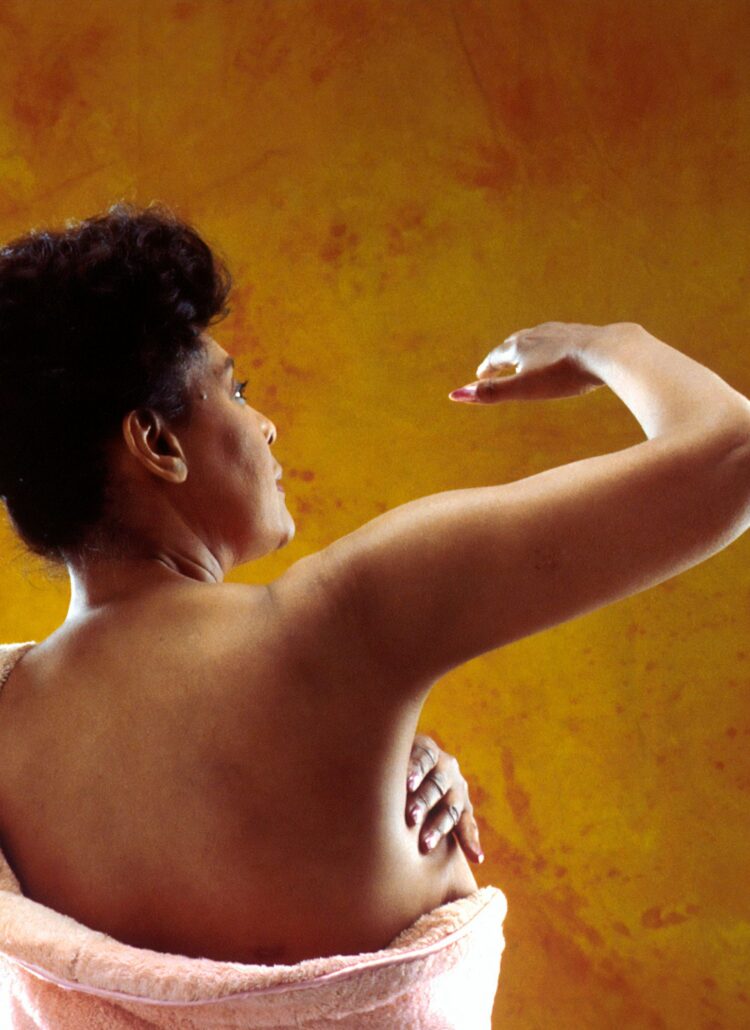
Performing regular breast self-exams (BSE) is an essential part of breast health awareness and the early detection of breast cancer. A breast self-exam is a simple and effective way for individuals to become familiar with the normal look and feel of their breasts, making it easier to identify any changes that may occur.
Here’s a step-by-step guide on how to perform a breast self-exam:
- Choose a Convenient Time: Perform your breast self-exam at the same time each month, preferably a few days after your period ends. If you no longer menstruate, choose a specific day each month that is easy to remember.
- Stand in Front of a Mirror: Begin by standing in front of a mirror with your arms relaxed at your sides. Take note of the size, shape, and symmetry of your breasts. Look for any changes in skin texture, nipple appearance, or shape of the breasts.
- Raise Your Arms: Raise your arms above your head and observe your breasts in the mirror. Look for any changes in contour, swelling, or dimpling of the skin. Check for any discharge from the nipples.
- Examine Your Breasts in Different Positions: Next, lie down on your back with a pillow under your right shoulder and your right arm behind your head. Use the pads of your three middle fingers on your left hand to feel for lumps or abnormalities in your right breast. Use light, medium, and firm pressure in a circular motion, covering the entire breast area from the collarbone to the bra line and from the armpit to the breastbone.
- Move in a Pattern: Move your fingers in an up-and-down pattern, covering the entire breast area. Make sure to check the entire breast, including the nipple and the area around the nipple (areola).
- Repeat for the Other Breast: Repeat the same process for your left breast, using your right hand to examine your left breast.
- Check Your Armpits: Finally, feel your armpits for any lumps or swelling, as breast tissue extends into the armpit area.
- Take Note of Any Changes: If you notice any changes, such as new lumps, thickening, swelling, dimpling, or changes in skin texture or nipple appearance, contact your healthcare provider for further evaluation.
- Schedule Regular Screening Tests: While breast self-exams are an important part of breast health, they should not replace regular screening tests such as mammograms and clinical breast exams. Follow the recommended guidelines for breast cancer screening based on your age and risk factors.
By performing regular breast self-exams and staying vigilant about changes in your breast tissue, you can play an active role in your breast health and the early detection of breast cancer. Remember, early detection saves lives, so make breast self-exams a part of your monthly routine.




